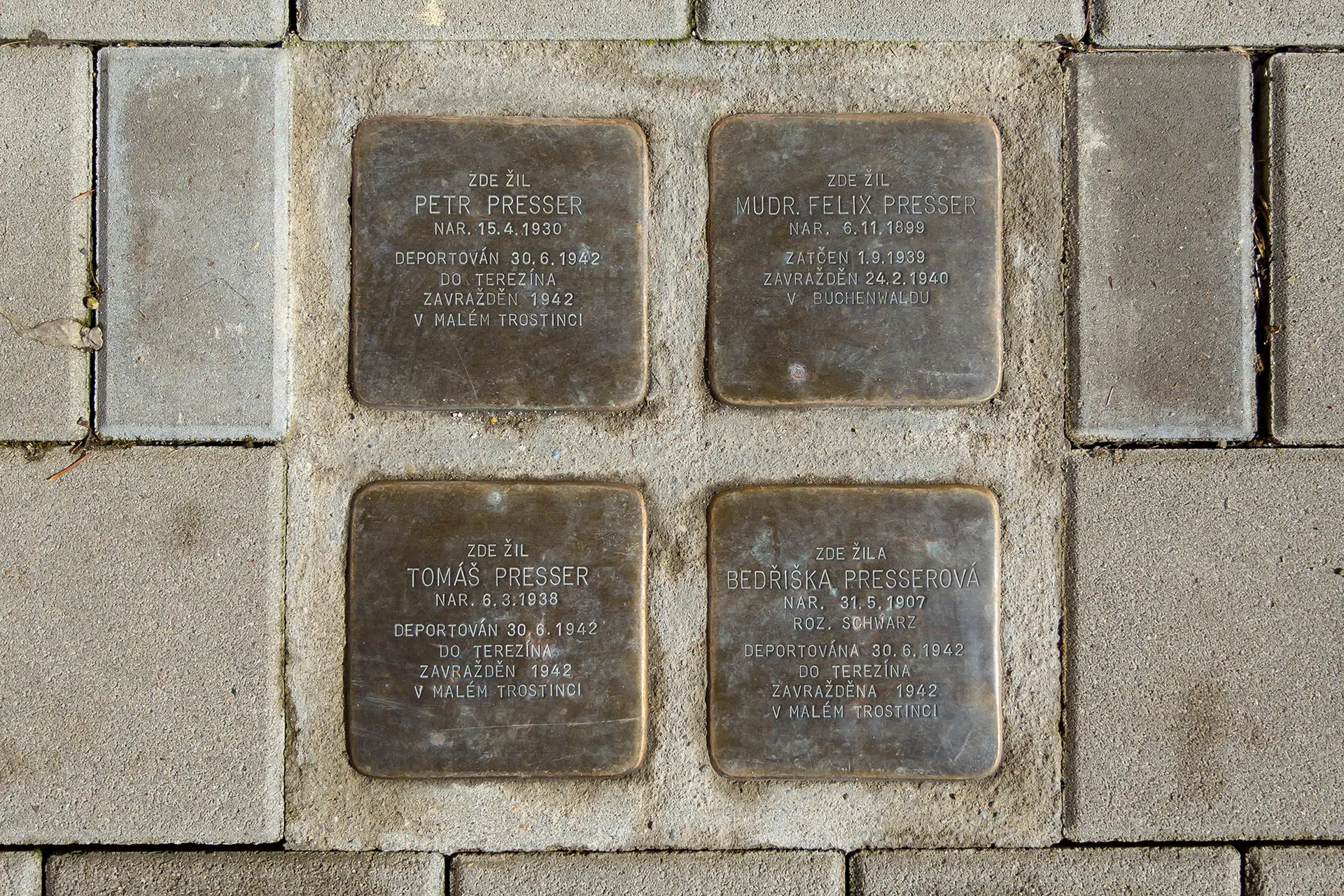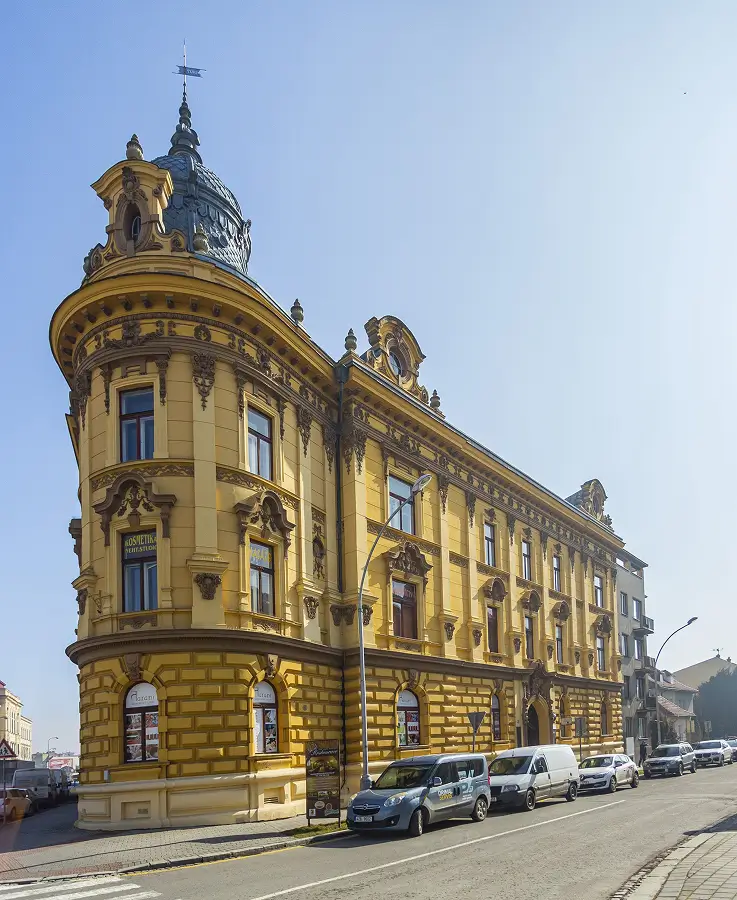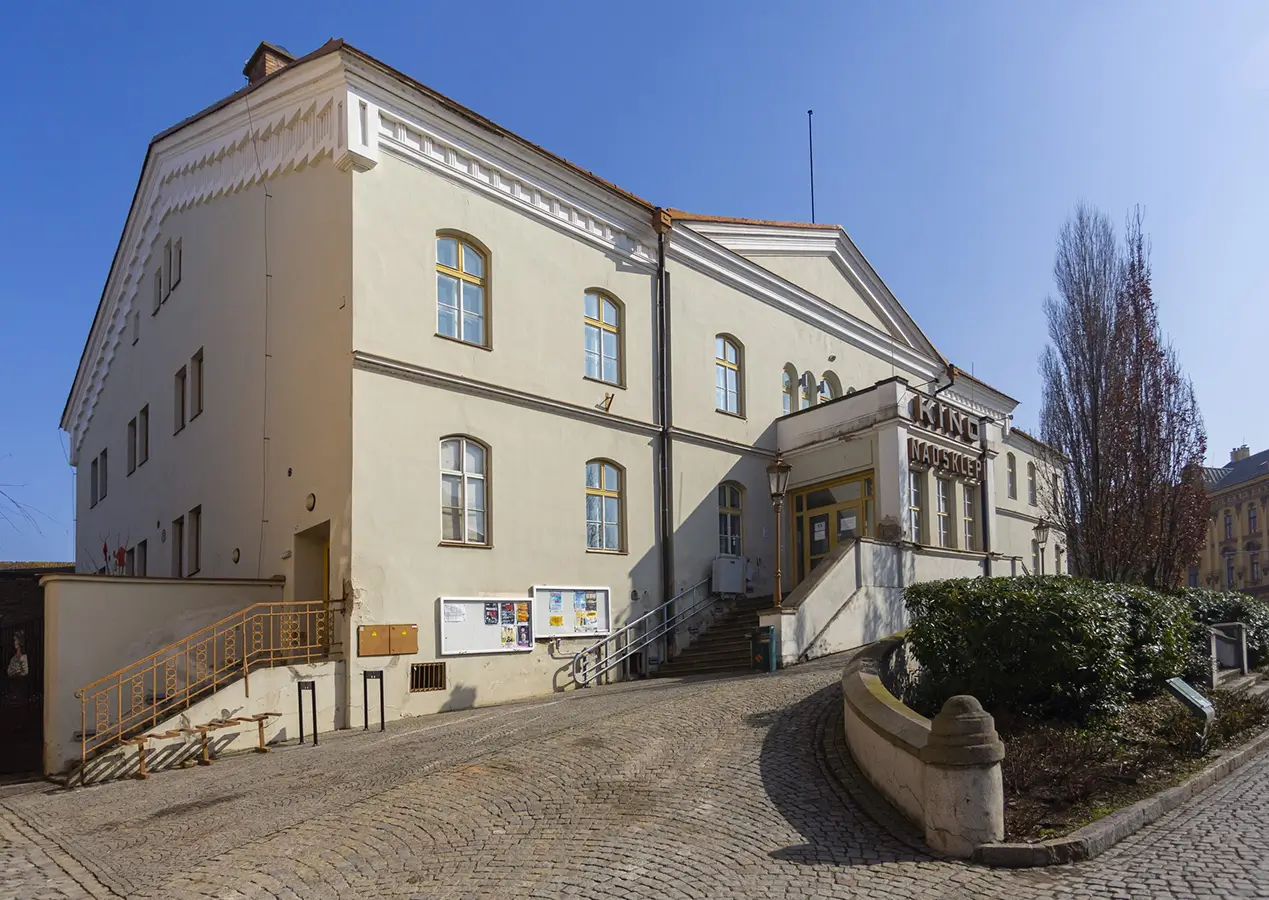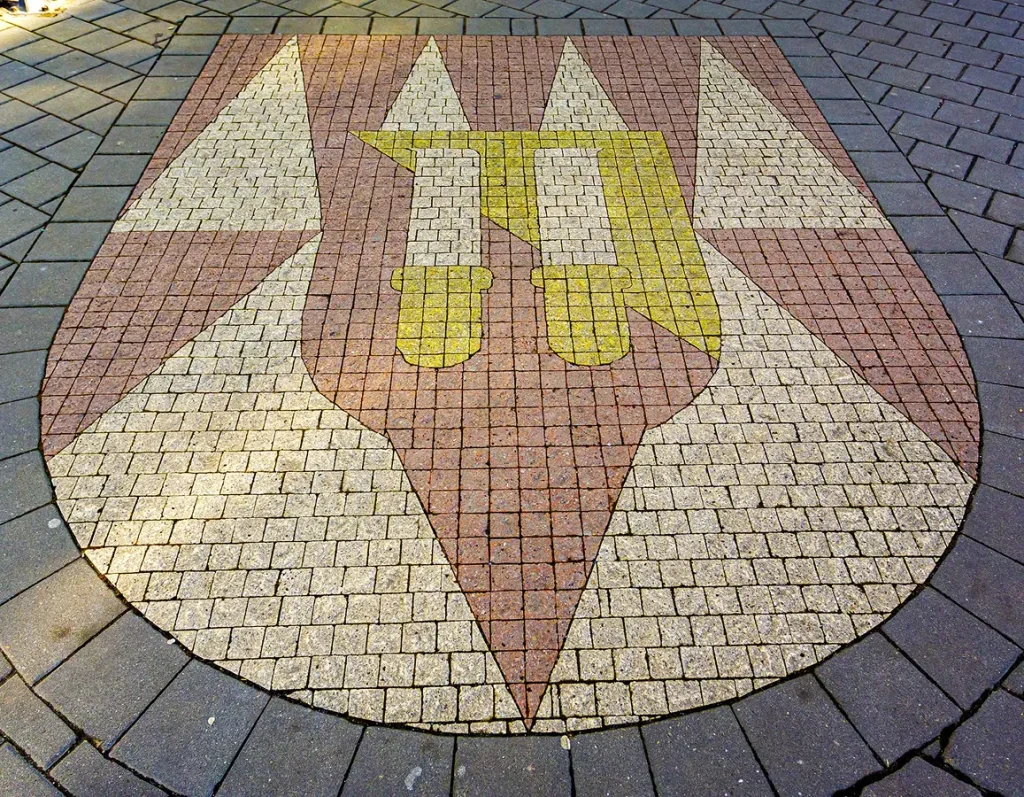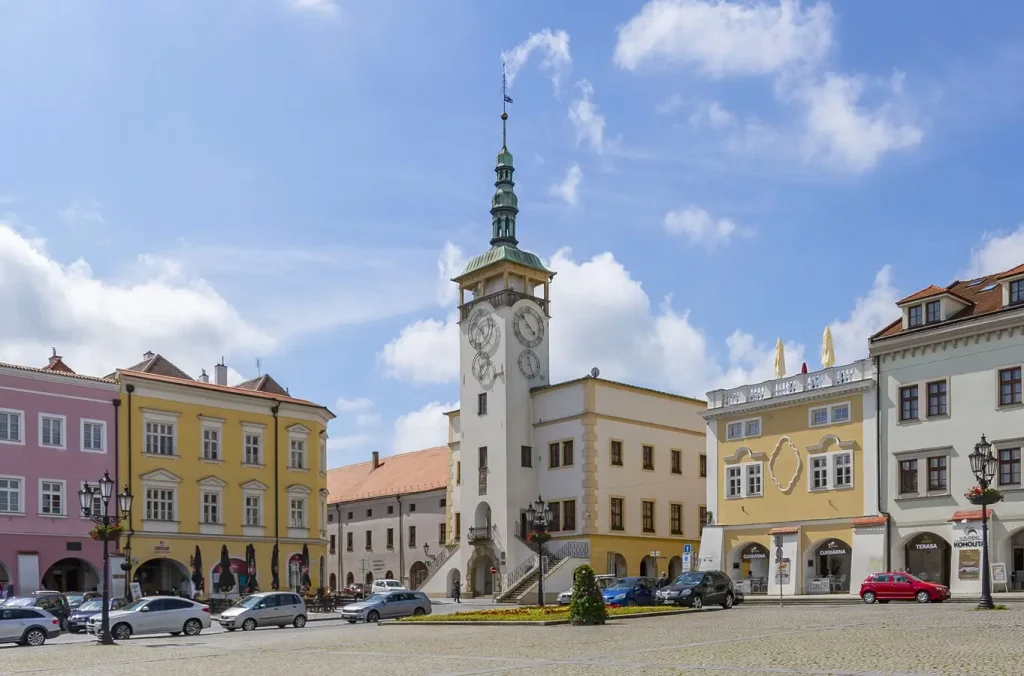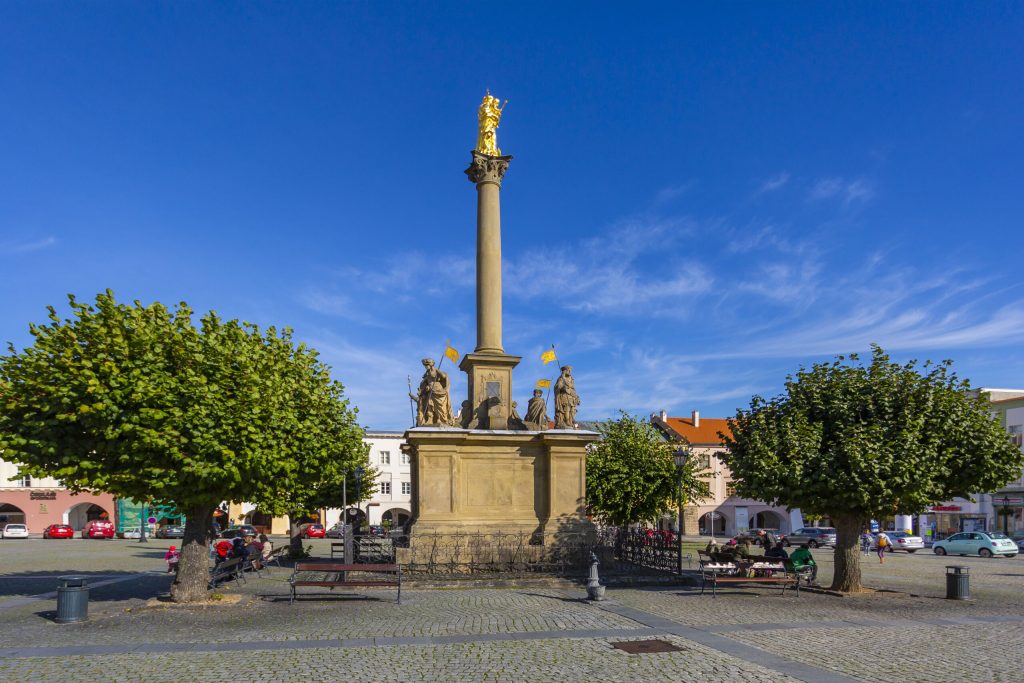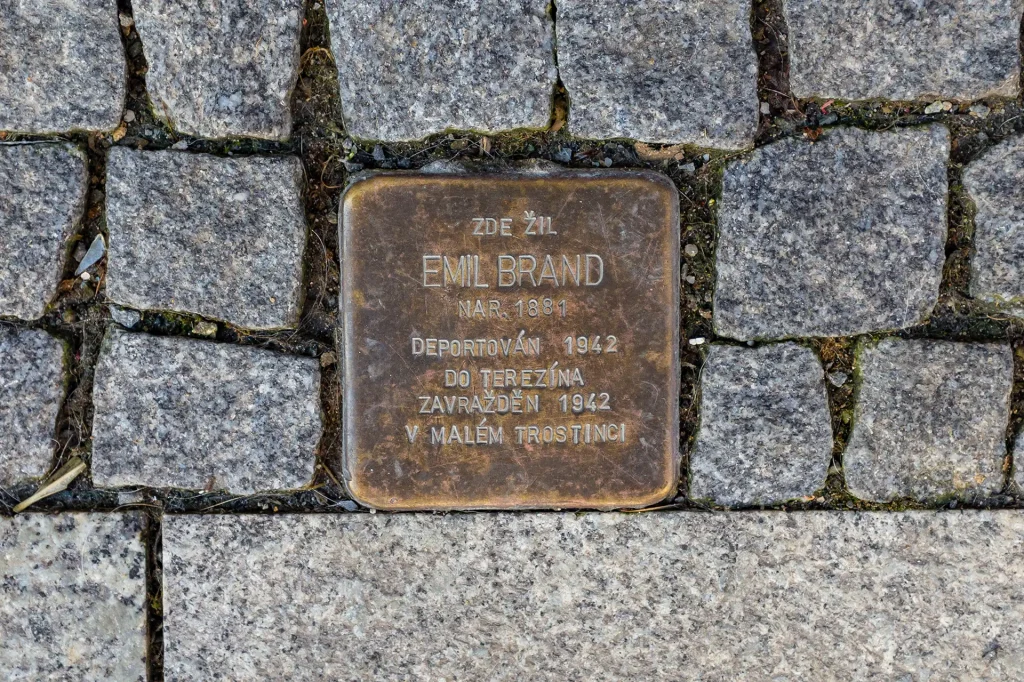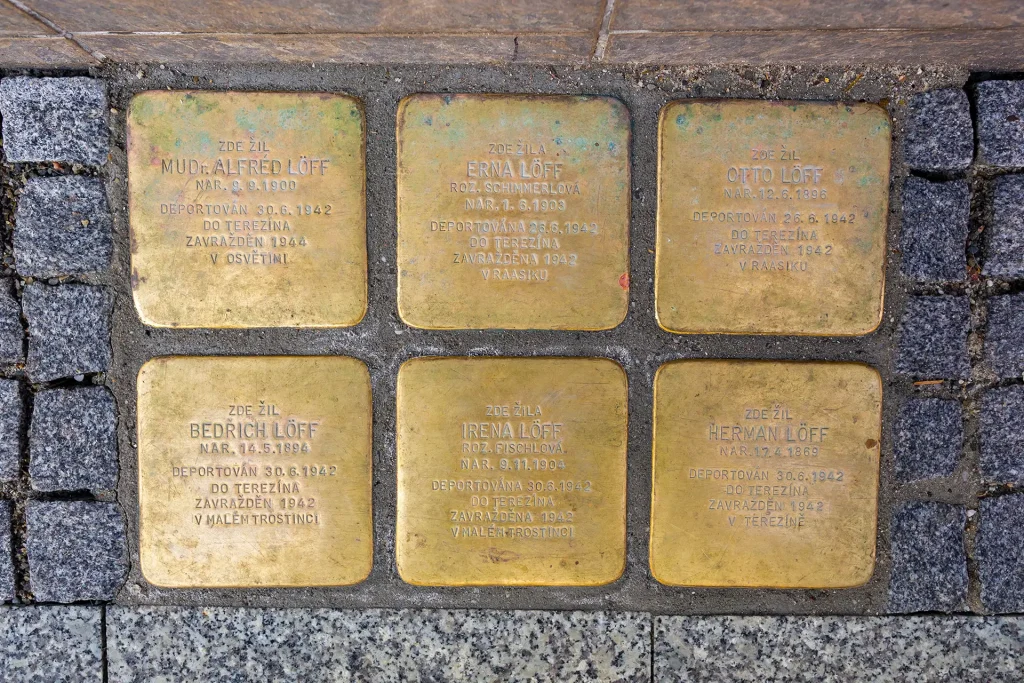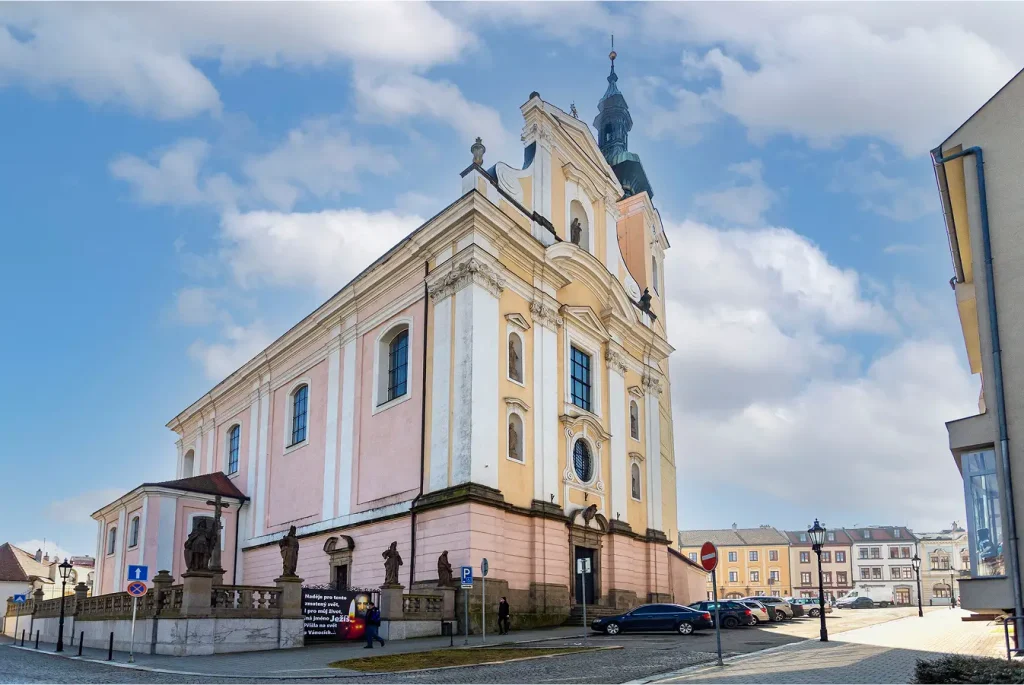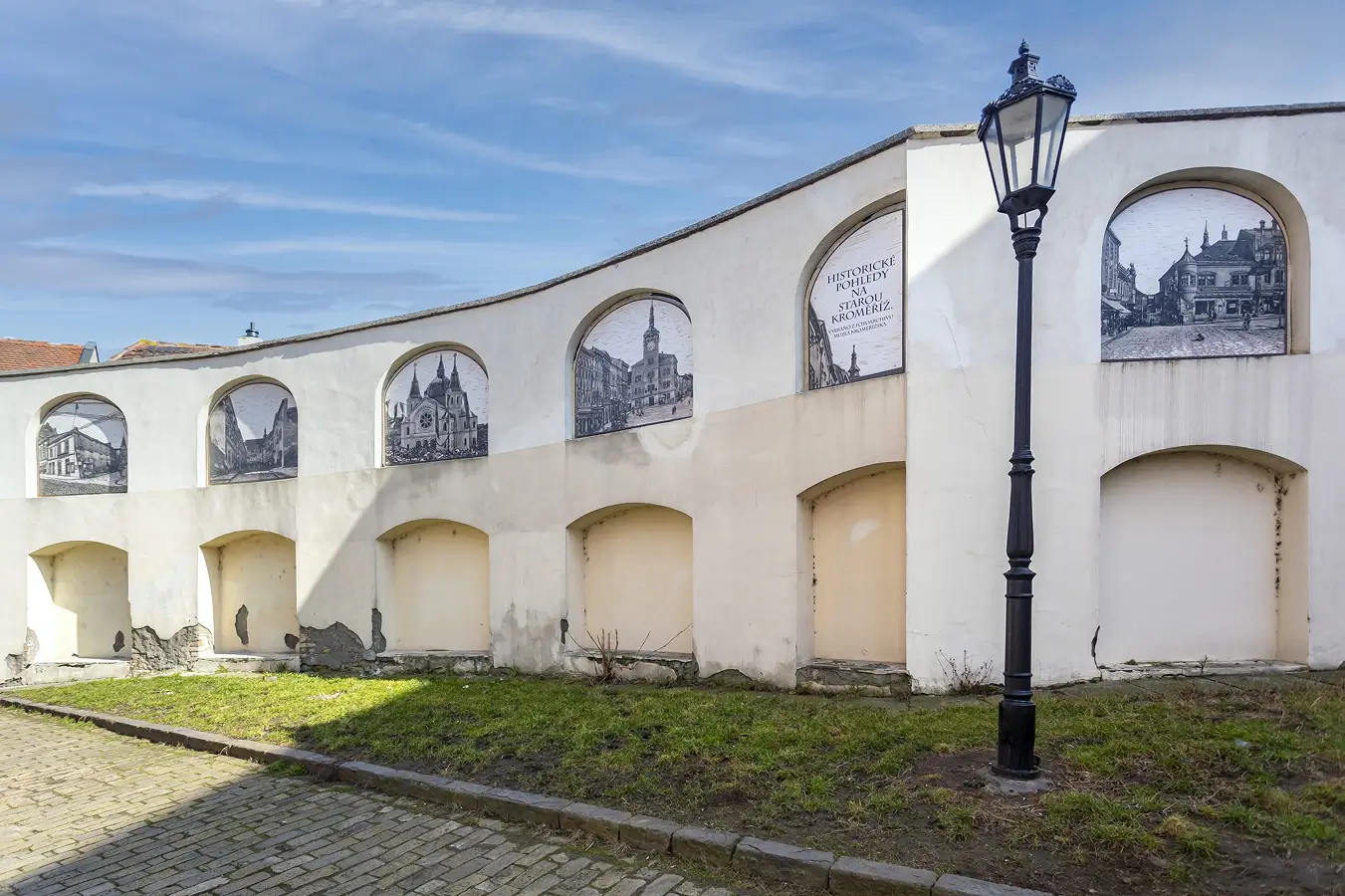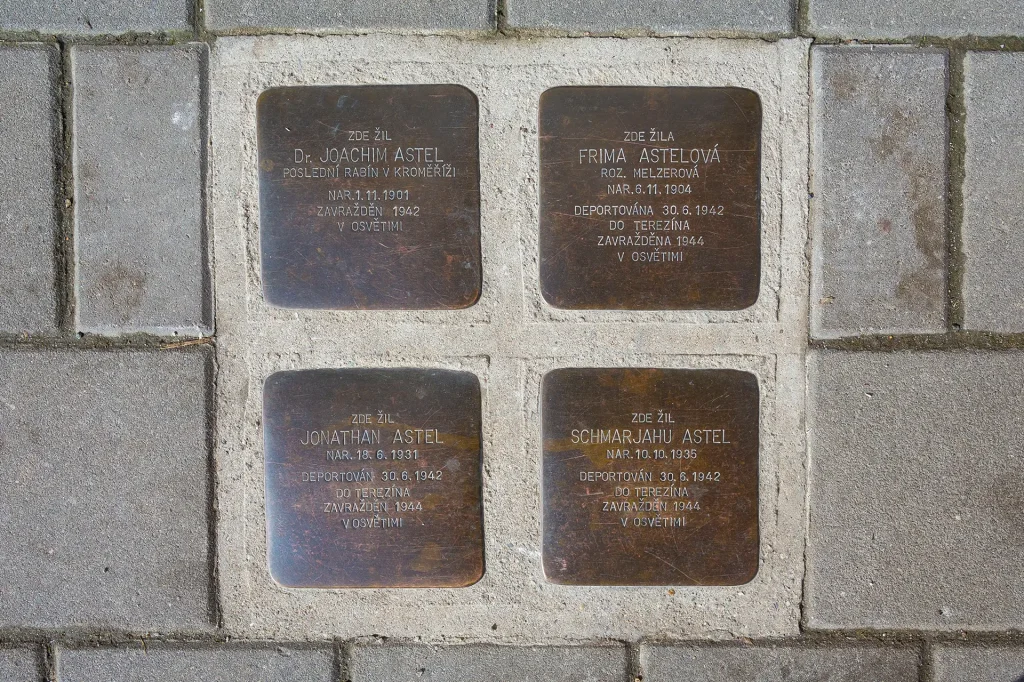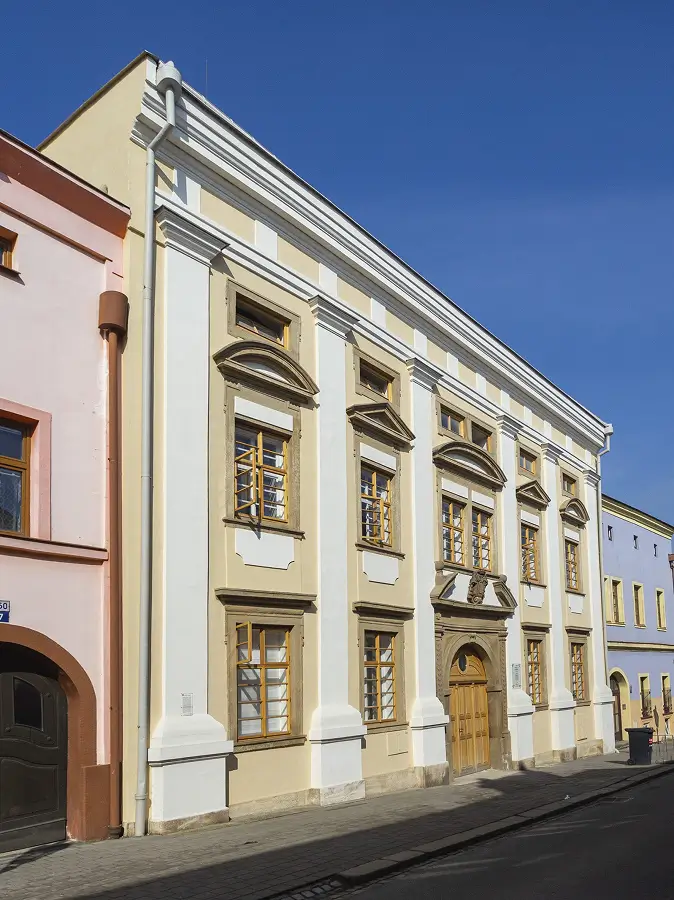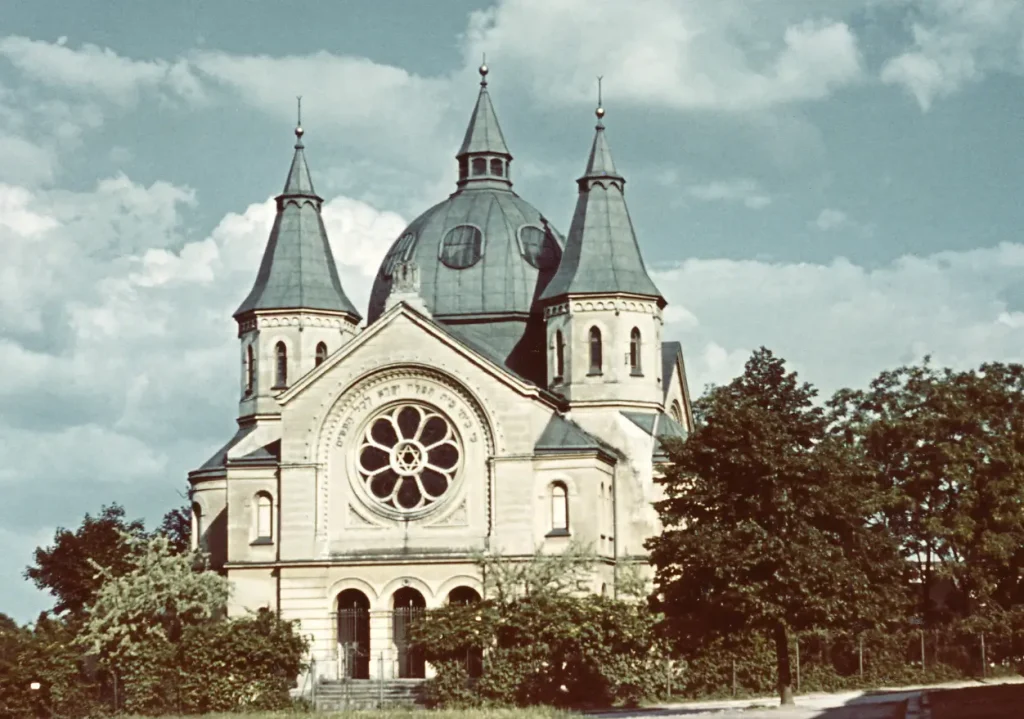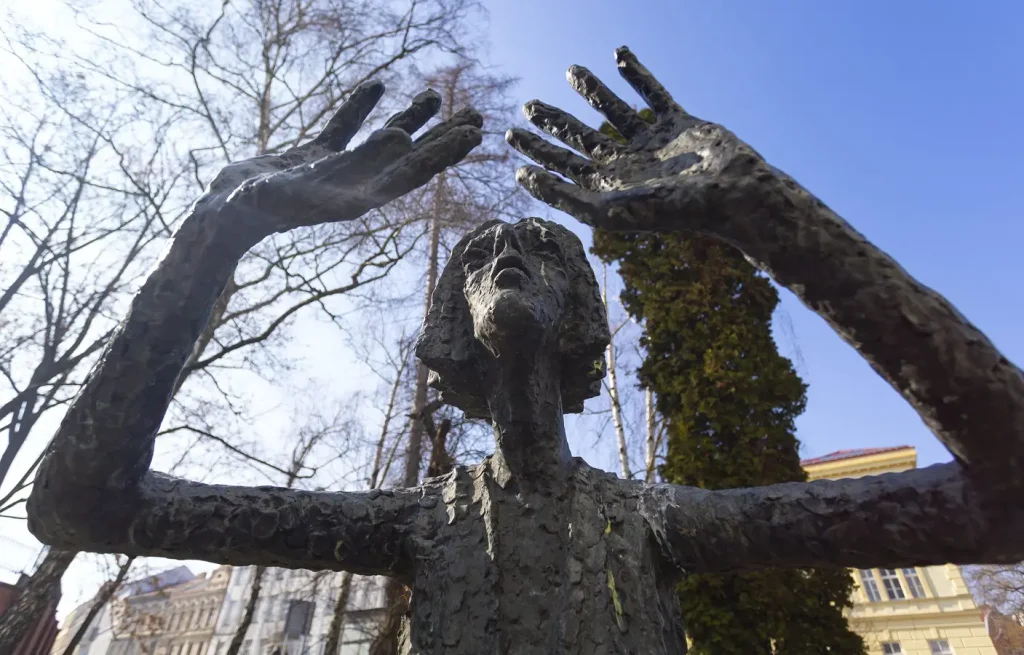Route Length: 1.7 km
Duration: approx. 35 min (does not include guided tours of individual locations)
Jewish people have lived in the town of Kroměříž since the Middle Ages. The first mention of them in written records dates to 1322, in a document by which John of Luxembourg allowed the archbishop of Olomouc to have one “usurer Jew” to live in selected towns, including Kroměříž. The Jews lived in an enclosed part of the town (in the area limited by today’s streets Moravcova and Tylova), separated from the rest of the town by a high wall. Part of the original wall can still be seen behind the Church of the Assumption of the Virgin Mary. As the number of the Jewish residents increased, so did their privileges, approved by the archbishops of Olomouc. The Jews could thus have their synagogue, cemetery, and schools. It was even established that 21 houses can be built in the Jewish quarter. Before the ghetto was annexed to the town in 1851, it formed a separate political municipality. Shortly before the annexation, the Jews of Kroměříž were granted religious freedom.
The downfall of the community came during the Second World War, when the Jews were deported to the Nazi concentration camps where they were systematically murdered – among them 259 Jews from the former Kroměříž Jewish Community. In the honour of these 259 victims, the town installed a series of “stumbling stones” – Stolpersteine – which were placed right into the pavement all over Kroměříž. These concrete cubes bear a brass plate with every individual’s name and life dates and are installed right outside the home where the victim last lived before deportation. To date, a total of 15 Stolpersteine were installed in four places in Kroměříž.

